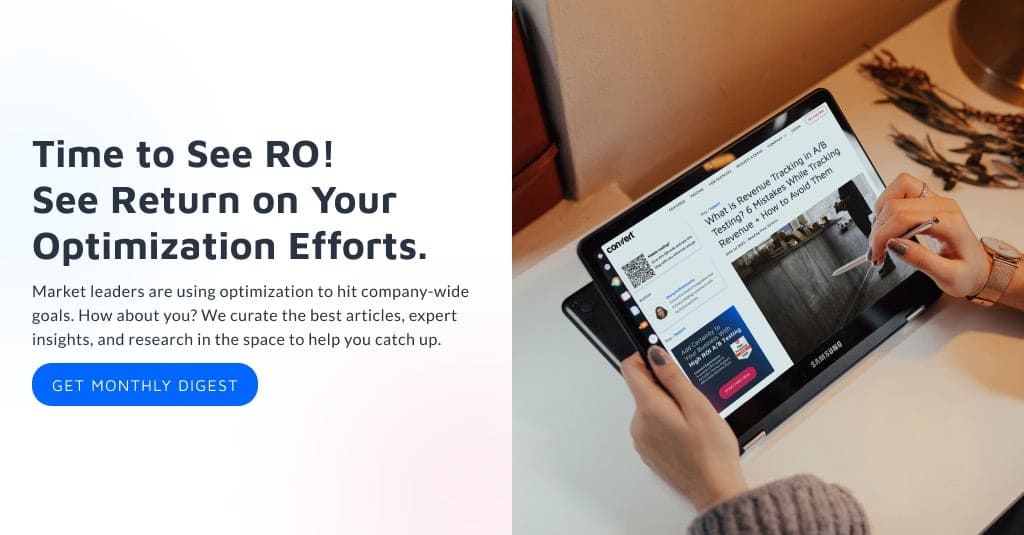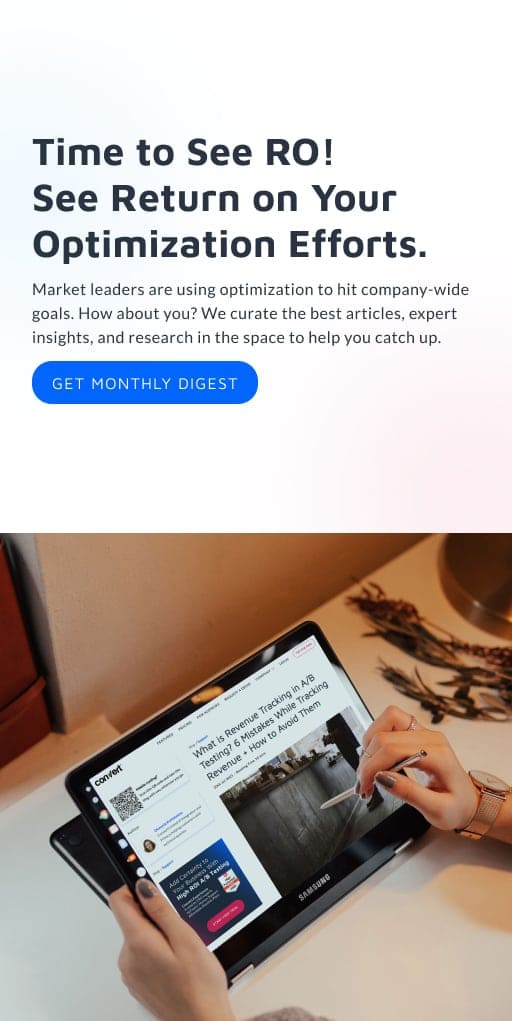Get more users for your user interviews
How to conduct effective real, panel and synthetic user recruitment
User interviews are one of the most powerful ways to dive deep into your target audience and truly understand them, but the number one complaint I hear is: “No one wants to talk to me.”
It sucks, there’s no doubt about that. You’ve finally convinced everyone of the importance of user research, only to have one or two users booked in. Panic sets in. Now what? Just give up?
Trust me, I’ve been there. Sometimes it’s just tricky to get users to commit. I’ve gone as far as talking to people in dog parks about a vet app (using my dog to break the ice) and interviewing people in a cafe about a pension website (free coffee for a lovely chat about pensions… anyone?). Don’t worry, you won’t have to do that.
Instead, through trial and error, I’ve found a relatively foolproof way to connect with at least a few users—sometimes real, sometimes from a panel, or even AI-generated.
Here’s my guide to recruiting both real and panel users, plus tips for approaching them in a way that ensures you get quality insights every time.
Types of users you can recruit
Real users are actual customers, current or past (harder to get on a call, but so insightful to learn from).
They’re invaluable for understanding:
- How your product fits into their daily lives
- Why users churn, by speaking directly with those who’ve left
- The nuances of your target audience, especially how different segments behave and how reality matches (or defies) your expectations
These insights are ideal. But if you don’t have customers yet, or if getting them on calls is a struggle, panel / paid users are a solid alternative. These participants are usually sourced through recruitment panels and compensated for their time.
Panel users are especially useful when:
- Working with a pre-launch startup that doesn’t have customers yet, or testing a new use case
- Your target audience is hard to reach (common in B2B)
- Speed is essential. I’ve had people on calls within 48 hours via platforms like usertesting.com
- Real users are difficult to get on calls with
Then there are synthetic users, I’d be doing a disservice not to mention another group that is rising in popularity: AI personas. They can be useful for:
- Brainstorming hypothesis
- Quickly testing messaging
However, AI personas rarely carry the same emotional weight as real humans or actual product testers. Because of this—and the fact that you don’t need to “recruit” them—I won’t focus on them here. If you’re curious, though, there’s a great guide on creating AI marketing personas and considerations to keep in mind.
Before proceeding, let’s just summarize all of that.
| Use case | Real users (customers/prospects) | Panel participants |
AI Users (synthetic) |
||||||||||||||||||||
|---|---|---|---|---|---|---|---|---|---|---|---|---|---|---|---|---|---|---|---|---|---|---|---|
| Depth, emotion, decision context | High | Low-Medium | Low | ||||||||||||||||||||
| Speed & feasibility checks | Low-Medium | Medium-High | High | ||||||||||||||||||||
| Pre-launch / no user base | Not a fit | Great as a substitute | Good for building up an initial understanding | ||||||||||||||||||||
| Hard-to-reach roles (B2B) | Medium | Medium-High | High | ||||||||||||||||||||
| Cost per complete | Medium-High | Low-Medium (varies per platform and audience) | Very low | ||||||||||||||||||||
| Data quality risk | Bias to brand/experience | Professional respondents | Tell you what you want to hear | ||||||||||||||||||||
| How to mitigate risk | Segment, incentives, neutral framing | Behavioral screener questions | Building strong prompts, feeding if relevant competitor data |
Now that you know which one to use, how do you go about recruiting the right one? Especially with panel users, there are a few key considerations to ensure you attract high-quality users.
How to get real users
The first step is always to think carefully about who you need and try to segment upfront (e.g., filter on people who have ordered at least twice). This helps you reach a smaller, more relevant group and allows you to personalize your outreach.
Personalization is key. I often write invitations as plain-text emails, and if you’re a small startup, it can even come from the founder’s perspective, noting that team members will take the call. Email is just one option, as depending on your audience, you can also try in-app messages, on-site pop-ups, or community posts.
Next, choose a platform your participants are familiar with. This isn’t as obvious as you’d think it is! Just because you’re comfortable with Zoom or Google Meet doesn’t mean everyone is. I once worked with a Gen Z-focused app whose audience had no idea how to use Google Meet. Video calls are great, but if a phone call or WhatsApp call is easier for them, go with that.
I also recommend using a scheduling tool like Calendly to make booking simple. Offering early morning or evening slots can help, especially if your audience typically works during the day.
Next, don’t ask for too much time. I once had a startup complain that no one had signed up for their calls. I looked, and they were asking for 45 minutes of people’s time. Reducing it to 20 minutes made all the difference and got bookings immediately.
Offer a relevant reward as a thank you for their time. This could be your product, but I like to provide an alternative too, especially if we are speaking with canceled users. I try to make it relevant. For example, a voucher for a fitness store worked well for customers using a fitness supplement.
Here’s a template that combines these best practices:
Hi,
We’re conducting some research with previous and existing customers of [Brand] in order to learn more about our customers and improve the experience. I wanted to ask if you’d be open for a short chat to share your feedback about [Brand]?
You wouldn’t need to prepare anything; answer a few questions during the call with my colleague and me. As a thank you for your time, we would give you [reward]. It will take a maximum of 20 minutes.
You can plan a call here. Let me know if none of these times works for you, and hopefully, we can find an alternative time.
Looking forward to hearing from you,
[Name]
Finally, don’t be afraid to follow up. If you still get no bookings, ask people what’s holding them back. Usually, it reveals insights you wouldn’t get otherwise.
How to get panel users
Start by choosing a platform with access to your target audience. I’ve mainly used Respondent.io (which includes a strong SaaS audience) and UserTesting. While I don’t typically work with B2B brands, I’ve heard great things about Wynter for B2B message testing, or even using LinkedIn for direct 1:1 outreach to individuals who fit your criteria.
That said, all platforms face the same challenge: finding quality users. Because participants are paid for their time, some will try to qualify for any study, whether or not they’re actually a fit.
To mitigate this, craft filtering questions that aren’t obviously “right” or “wrong.” Most platforms charge per completed interview, not per applicant, so it’s worth asking more questions than you think you need. You can always filter down later.
For example, if you’re researching a stress-related product, a poor screener question would be:
Do you struggle with stress?
- Yes
- No
Even if you use a scale, people will know what you’re looking for. Instead, try:
Which of these do you struggle with the most?
- Sleep
- Stress
- Energy
- Focus
- Mood
This helps you identify genuine responses.
Some questions are trickier, for example, asking “What do you spend on [category]?” Often, people assume you want high spenders. To filter effectively, include a few unrealistically high options to weed out people who are just guessing what you want to hear.
Finally, most platforms let you filter by demographics (e.g., age, location, job title), which helps further narrow down to your ideal audience.
Real, panel, or AI: Use them wisely
Recruiting users will always be a little messy. Sometimes, real customers are impossible to pin down, and sometimes panel participants feel hit or miss. And sure, AI personas can spark ideas—but they’ll never replace the messy, emotional reality of talking to actual humans.
The trick isn’t picking one method and sticking to it. It’s knowing what you need right now:
- Real users, when you want depth, context, and emotion.
- Panel users, when you need speed or reach.
- AI personas as a thinking tool, but never a substitute for real research.
Mix them, adapt them, and don’t get discouraged if the first round of recruiting flops. Getting quality participants is half the battle in user research, but once you do, the insights are worth every bit of effort.

Written By
Daphne Tideman
Edited By
Carmen Apostu

